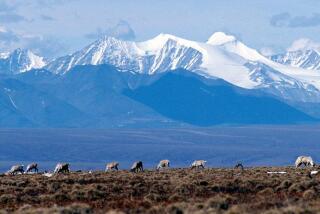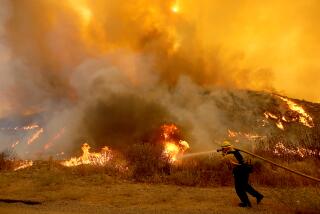Fire Sale in a Rain Forest
During the past six years the federal government has spent $285 million on timber sales in the Tongass National Forest in Alaska and realized revenues of $31 million. Any third-grader can figure out that investing $9 to get back $1 is not exactly a get-rich scheme. Worse yet, the government has signed long-term contracts granting two companies exclusive rights to 7.7 billion board-feet of timber from the Tongass, which may be the last major rain forest left in a temperate zone.
Unlike most Forest Service sales, the companies get to pick the timber that they want to harvest. They select, of course, the best old-growth trees. Most of the trees are not cut into lumber to build houses, but are instead shipped as stripped logs to Asia or are ground into pulp, primarily for export to Japan.
This timber-industry subsidy stems from the Alaska National Interest Lands Conservation Act of 1980 and was granted to ease Alaskan concerns about economic stability and employment in the southeastern portion of the state. The law mandates that the U.S. Forest Service spend at least $40 million a year, including road construction, to develop timber-harvest sales of 450 million board-feet, whether the companies want all those logs or not.
In some years the spending outlay has ranged up to $50 million. In spite of all this, employment has declined and the forest has a backlog of 1 billion board-feet of lumber that has been prepared for sale but not purchased.
The House has voted 351 to 47 for a bill that would revise the 1980 law to put the Tongass timber sales on a more realistic and competitive footing. The legislation would require renegotiation of the two long-term timber contracts and eliminate the annual $40-million and 450-million-board-feet requirements.
The measure would impose a five-year timber-cutting moratorium in 19 specific areas covering 1.7 million acres of sensitive habitat, recreation area and Alaska native hunting and fishing grounds. The 17-million-acre Tongass (including 5.5 million acres of wilderness area) is reputed to have the greatest concentration of grizzly bears and bald eagles anywhere. Without the moratorium, those areas would be subject to cutting before completion of a Tongass forest land-management plan.
The management practices perpetuated by the present law are so bad that they cannot be justified under any theory of economics. It would be better to pay Alaskan loggers not to work than to pay for them to conduct fire-sale razing of a magnificent rain forest. The Senate should join the House in enthusiastic approval of this legislation, and the President should then sign it into law.
More to Read
Sign up for Essential California
The most important California stories and recommendations in your inbox every morning.
You may occasionally receive promotional content from the Los Angeles Times.










